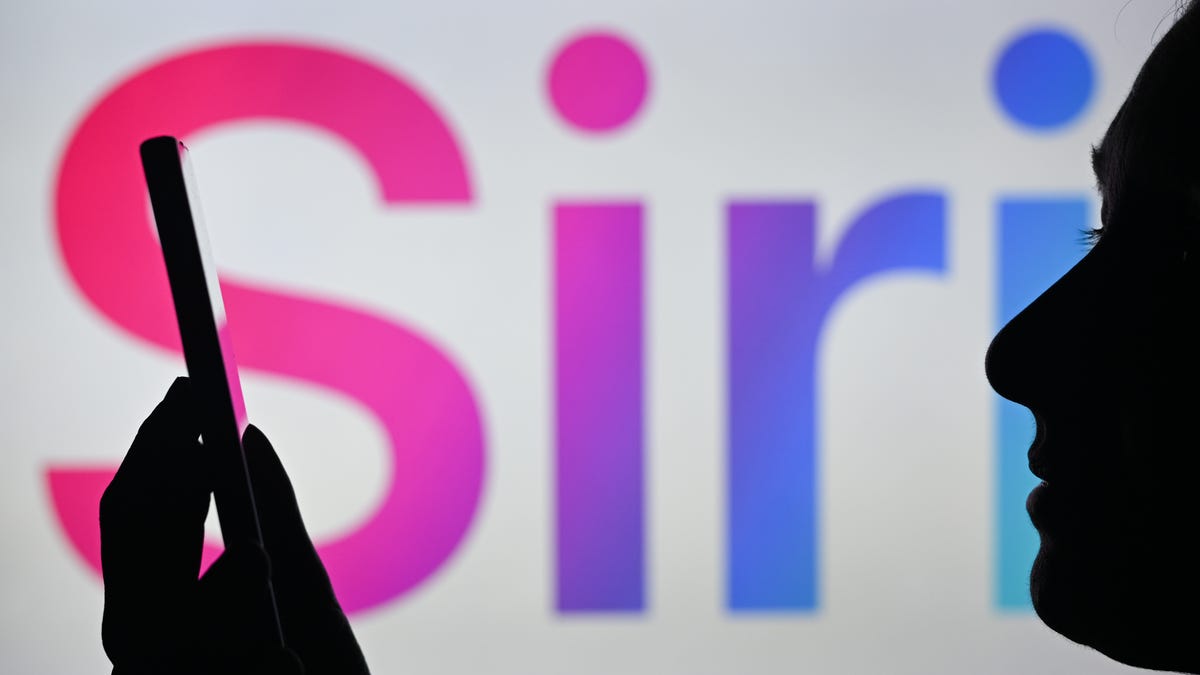Jobs
The ‘Doom Loop’: AI Will Be Taking Your Jobs In 2024, Leaders Say

If the “doom loop” has you caged with anxiety, there’s a way out.
The rise in AI has caused a mixture of excitement and fear as it becomes a standard part of our lives. Some say it’s a risk to the fabric of humanity, while others insist it’s revolutionizing the way we work, live and interact with one another. Elon Musk referred to ChatGPT as, “One of the biggest risks to the future of civilization,” when he spoke at the 2023 World Government Summit in Dubai, United Arab Emirates. That same year Sam Altman, CEO of OpenAI, urged lawmakers to regulate artificial intelligence, worried that it could be used in ways that can cause significant harm to the world.
The part that is not debatable is that AI is on the upswing. Moving too fast and in the wrong direction, could AI surpass regulation and cause significant harm to the world? Since AI has no moral compass, there are concerns about how organizations might use it in their human resource management practices to treat employees—as an asset or a liability?
What Is The ‘Doom Loop’?
The so-called “doom loop” is a growing anxiety among the workforce that AI will take over their jobs. Employees are worried about what new technology could mean for their roles, which is stressing them out and affecting how they work. Meanwhile, companies are going all-in on AI, spending big and hoping for significant productivity boosts. The gap between what employees fear and their bosses expect is creating a tense loop that business leaders need to address.
Salesforce, Inc. could be the first company to actualize the fears of many Americans that AI is usurping their jobs. The facts are clear, according to Dan Parsons, co-founder of Thoughtful AI, that customer service workers are being replaced by AI agents across all companies, specifically in healthcare. He asserts that AI is simply more efficient and productive than humans in these roles. They are also cheaper and can work nonstop.
“It’s true that AI will replace roles in healthcare, we should welcome and embrace this evolution as the shift comes at a critical time,” Parsons says. “The healthcare industry is facing a staffing crisis, where high turnover rates and difficulty in hiring are common challenges. AI transformations are necessary for providers who want to get ahead and future proof their organizations.”
Many fortune 500 companies are replacing customer service workers with AI agents, which creates the need for employees to diversify their skillset and lean into more soft skills. Moving forward, Matt Kirk, owner of Talent Acquisition Solutions at SHL, believes many companies will be looking for people they can teach and mold, employees that are willing to learn.
“AI is predicted to take away or to really take over a lot of the kind of efficiencies and the processes,” Kirk explains. “The vast majority of people in those roles are likely to lose their jobs in the next few years, and those jobs will be replaced with new jobs. That’s one of the reasons why the skills piece is important, because as AI forces new roles and changes the structure of organization, external talent is hard to find and it’s expensive.”
How To Close The ‘Doom Loop’
I spoke by email with Keith Bigelow, chief product officer at Visier. “The integration of AI into the workplace is reshaping industries and redefining roles, creating both excitement and anxiety,” Bigelow told me. “Its impact is centered squarely around the employee, so as companies embrace AI, it’s essential for HR to play a key role alongside technology and business leaders. By prioritizing the employee experience from the start, HR can help alleviate concerns about job security and enhance morale during this transition.”
He suggests five ways to close the “doom loop.”
- Have HR co-lead all AI deployments alongside line-of-business and CIO leaders. Bigelow explains that HR is naturally suited to facilitate company and culture change—both of which will be deeply impacted by the success of AI adoption. “All too often, AI projects are rolled out by the CTO or CIO without considering the employee experience, leading to setbacks and rework, which can demoralize employees in the process,” he says. “HR’s involvement ensures the impact on employees is thoughtfully addressed from the start.”
- Use workforce analytics and engagement surveys to assess AI readiness. According to Bigelow, HR can measure an organization’s readiness for new AI solutions and anticipate issues before rollout by leveraging workforce analytics (such as performance, skills or compensation) and conducting surveys to gauge employee sentiment. “Anticipating issues and communicating AI’s goals and its impact on teams transparently is crucial,” he points out. “This allows companies to proactively address concerns, provide training or host lunch-and-learns on how AI will affect workflows. If potential job contractions due to AI are expected, HR needs to initiate conversations about career pathways and talent transformation, using workforce planning and analytics to support employees’ development and retention.”
- Measure AI’s productivity gains alongside employee engagement. To ensure that AI integration aligns with company goals, Bigelow recommends that businesses measure productivity gains alongside employee engagement using workforce analytics and data from customer relationship management (CRM) and enterprise resource planning (ERP) systems. “During the transition, companies may experience margin dilution as they bear both the full workforce and the capital costs of AI,” he states. “The actual gains may differ from expectations, so it’s essential to adapt plans based on real-time data to achieve the desired efficiency improvements.”
- Ensure long-term workforce sustainability. Bigelow underscores the importance that organizations aim for both advanced automation and the ability to develop talent from junior to senior roles, rather than relying solely on senior experts while delegating junior tasks to AI. “Without clear career paths, employees will leave an organization without a pipeline of talent to both oversee the AI automation and perform the uniquely human work,” he cautions. “Sustaining career growth alongside AI implementation will help retain talent and prevent future skill gaps.”
- Reevaluate regularly. Bigelow emphasizes that steps one through four should be repeated at least semi-annually, with the cadence increasing to quarterly or monthly as companies better understand AI’s impact. “Regular assessments will help businesses fine-tune their approach, improve efficiency and ensure employees feel supported through these changes,” he concludes.








